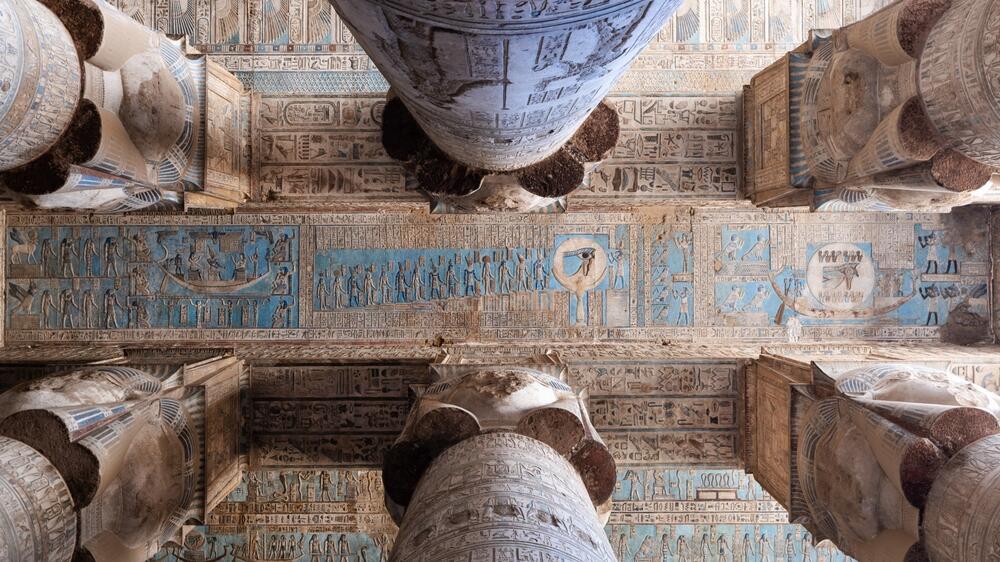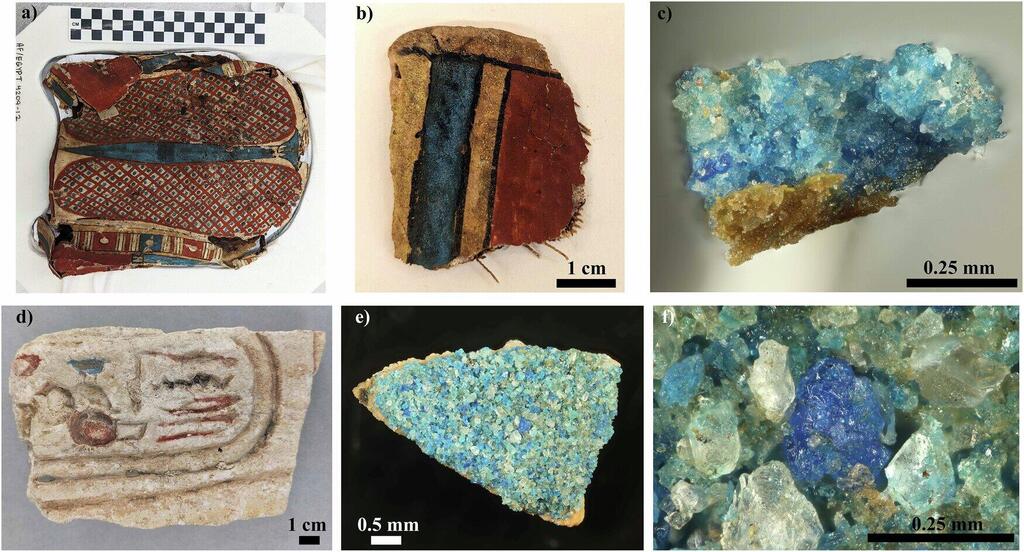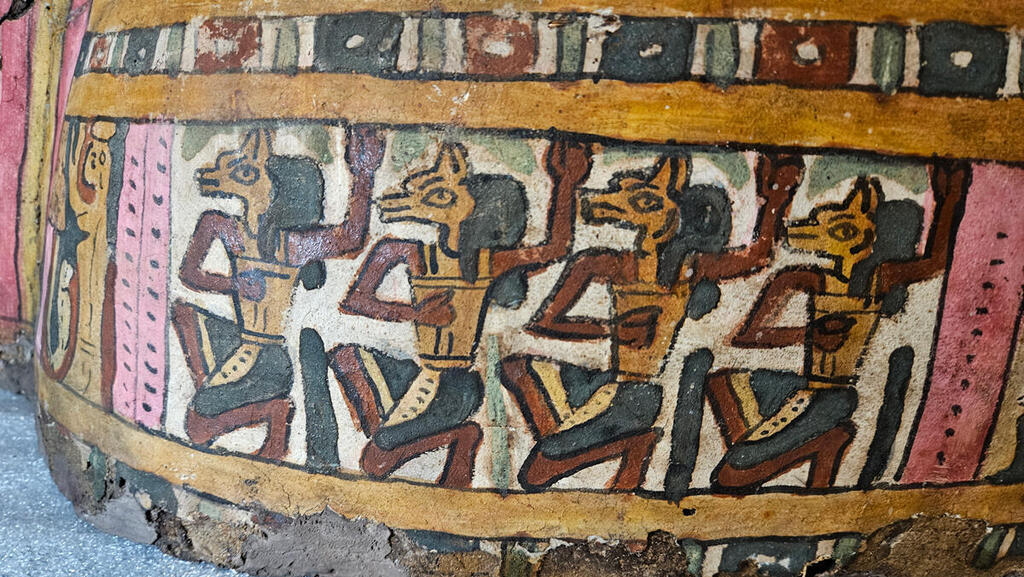Scientists have successfully recreated Egyptian Blue, the world’s first synthetic pigment, thousands of years after the original technique was lost.
Developed around 3100 BCE, Egyptian Blue was widely used in ancient Egypt to decorate temples, tombs, religious artifacts, pottery, wall paintings and statues. The pigment, made from a mixture of silica, lime, copper and an alkali, held symbolic meaning, often associated with the deity Amun-Ra and representing life and rebirth.
Researchers from Washington State University, in collaboration with the Carnegie Museum of Natural History and the Smithsonian’s Museum Conservation Institute, developed a dozen different pigment recipes using varied materials, heating times and cooling rates. The study, published in npj Heritage Science, provides new insights for archaeologists and conservationists studying ancient Egyptian materials.
“We hope this will be a good case study in what science can bring to the study of our human past,” said John McCloy, a materials engineer at Washington State University and lead author of the study. “The work is meant to highlight how modern science reveals hidden stories in ancient Egyptian objects.”
While Egyptian Blue was highly valued in antiquity—sometimes used in place of expensive minerals like turquoise—there is limited archaeological evidence explaining how it was originally produced. The pigment’s final hue ranged from deep blue to gray or pale green, depending on the duration and intensity of heating and the specific composition of materials used.
Researchers heated the mixtures at around 1,000 degrees Celsius for periods ranging from one to eleven hours. They found that slower cooling produced more vivid blue tones.
Get the Ynetnews app on your smartphone: Google Play: https://bit.ly/4eJ37pE | Apple App Store: https://bit.ly/3ZL7iNv
Samples from the study are now on display at the Carnegie Museum of Natural History in Pittsburgh as part of a new long-term exhibit focused on ancient Egypt.




